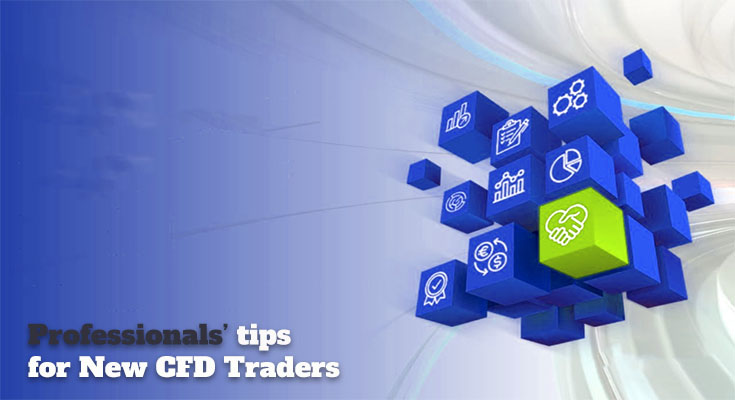We don’t have a secret recipe for profitable trading, so don’t expect our CFD trading hints to turn you into a millionaire in a day. But we do think that the following ideas are worth noting if you wish to get the most out of your CFD trading experience.
1. Use stop-loss orders
Rule #1: place stop-loss orders. Rule #2: utilize stop-loss orders. Rule #3: always use stop-loss orders. If you want to hear our most valuable CFD trading tip, it’s this: make sure you limit your downside by employing stop-loss orders.
2. Do your homework
Make sure you’re clear on what you’re doing, both in terms of CFD trading fundamentals and your trading portfolio. So don’t get into trading before you understand what a limit order or a market order is; again, there’s more information regarding these orders in this post.
Forex CFDs are not to be confused with USD/GBP or GBP/USD quotes. Don’t expect to become an expert in all asset classes or markets. It’s preferable to pick a specialty (or two) and stick with it.
3. Read everything
Your neighbour is bragging about how much money she made on Bitcoin trading. This doesn’t imply she’ll be able to replicate her success, and it certainly doesn’t imply you should go out and start trading Bitcoins as your life depended on it.
First things first: read research reports, look up articles on the topic, and do your analysis – fundamental, technical, or both.
Keep up to date with what leaders in CFD, like Saxo, do to stay on top of the game.
4. Limit leverage
It’s possible to use leverage, but keep in mind that it’s hard to imagine the price moving rapidly right after you establish a position in most cases.
When the leverage is extremely high, even a minor shift (for example, 0.1 percent) in the wrong direction might necessitate the closure of the position and prevent you from making money if the price rebounds and begins to move in the “correct” direction.
400:1 leverage is not uncommon; conversely, regulations in the EU have set a 30:1 maximum limit on leverage for major currency pairs. This brings us to the next topic.
5. Use the most appropriate trade position
Some brokers do not allow you to change the leverage manually. If that’s the case, consider reducing your position. Whatever the situation, double-check and stay up to date on how much risk you’re taking on.
6. Don’t put all of your eggs in one basket
CFDs, as the name implies, offer you access to a variety of markets and assets. There’s plenty of room for diversification with CFD trading since it gives you access to many different markets and assets. You should totally do it.
Simply because you believe that oil stocks are the next big thing, don’t put money in Exxon, Shell, or BP stock holdings at the same time. If you’re wrong, it’ll be a major embarrassment if these assets are all linked and move in the same direction. And when we consider things from a broader perspective: it’s probably not a good idea to rely on CFD trading as your sole source of income.
CFD trading may offer extremely unpredictable gains (or even huge losses), so make sure this isn’t your only source of income.
7. Prepare for rainy days
There will always be days when your trading positions go against you, so make sure you have adequate equity/cash in your account if you need to increase the margin.
Some firms don’t give margin calls at all; instead, if you fall below margin requirements, they will simply liquidate some of your positions. This can happen precisely when things are going wrong for you – so make every effort to avoid it.
8. Consider cutting your losses
Now comes the hard bit. If things go wrong, make sure you don’t chase your losses and stay firm to your original plan.
When you’re emotional and want to “gain back” what you’ve lost, you’re more likely to make the worst blunders. Don’t do that. Make a list of your rules and follow them.





